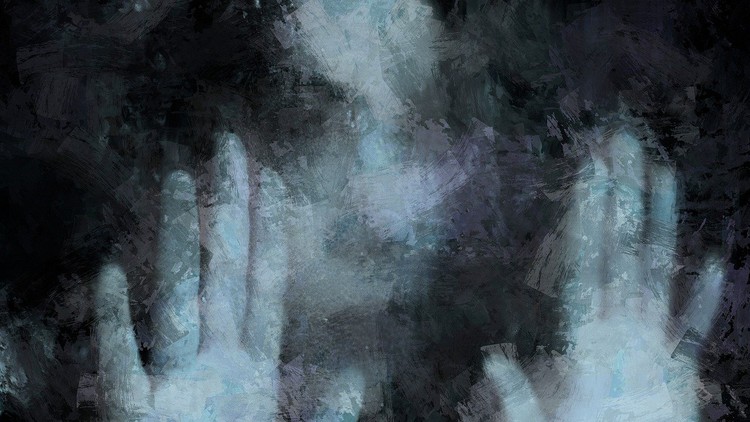
Applying art therapy to reduce depression in young adults – and even younger! (Fully Resourced.)
What you will learn
Ideas and exercises to help reduce depression in children
Through Case Studies, how to apply Art Therapy exercises
Specific Art Therapy exercises for ADHD in children
Specific Art Therapy exercises for Anxiety in children
Specific Art Therapy exercises to help children who are traumatised
Specific Art Therapy exercises to help children with PTSD
How to use this course at home, with your children
Age-specific exercises
How to adapt the exercises
Why take this course?
Art therapy offers a valuable approach to helping young children, aged 10 and under, cope with and manage symptoms of depression. It provides a non-verbal medium through which children can express complex feelings and thoughts that they might not yet have the words to describe. As part of the initial lectures we cover:
- Expression of Emotions
- Identification of Feelings
- Development of Coping Skills
- Storytelling and Narrative Therapy
- Relaxation and Focus
- Self-Esteem Building
- Social Skills and Communication
- Symbolic Play and Metaphor Use
Advice is also given about implementing art therapy for children with depression.
We then go on to express the therapeutic benefits of art therapy such as:
- Non-Verbal Communication
- Mastery and Control
- Emotional Regulation
- Problem-Solving Skills
We look at the Practical Implementation in Various Settings such as:
- Educational Settings
- Healthcare Settings
- Community Centres and Workshops
- Home
Art activities discussed include:
- Emotion Colour Wheel
- Mood Masks
- Clay Sculpting
- Collage of Emotions
- Story Stones
- Comic Strips
- Emotion Postcards
- Music Painting
- Puppet Making and Role Play
These activities can be adapted according to the child’s age, interests, and emotional maturity. The key is to create a supportive environment where the child feels safe and comfortable expressing their feelings through art.
Further lectures look at adapting art activities for children with special needs involves considering their individual abilities, challenges, and preferences to ensure that the activities are accessible, engaging, and therapeutic. General strategies and specific adaptations for the art activities previously discussed make up the next few lectures.
The emphasis throughout is on practicality. Lectures explain art therapy exercises and then there are Case Studies and further art therapy exercises to complement the lecture. therefore it is very important that students who enrol a) do not rush and b) actually do the exercises, do the case studies – and then discuss, discuss, discuss – and then: REFLECT.
‘;
}});
Although the overall theme is ‘Children and Depression’ the Case Studies and extra Art Therapy exercises also cover: Stress, Anxiety, Grief, PTSD, Trauma, ADHD. What is important to remember is that this is a course made up of:
a. Video-based lectures
b. Educational Announcements
c. Case Studies
d. Supplementary Art Therapy exercises
e. Discussions, discussions, discussions.
The Case Studies and Art Therapy exercises come with discussion questions to encourage student participation.
An empty Q/A narrows the difference between courses and YouTube videos!
